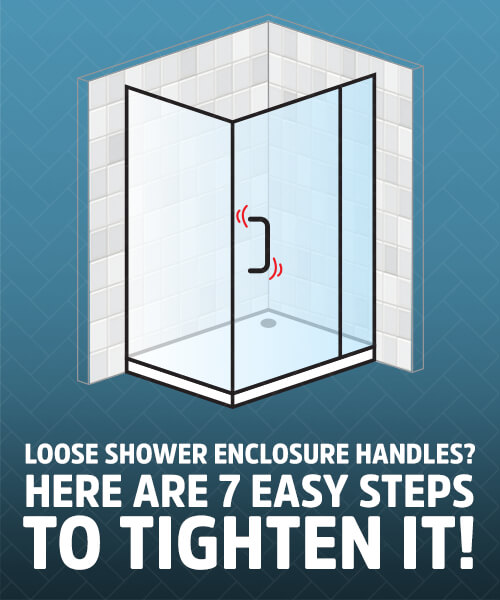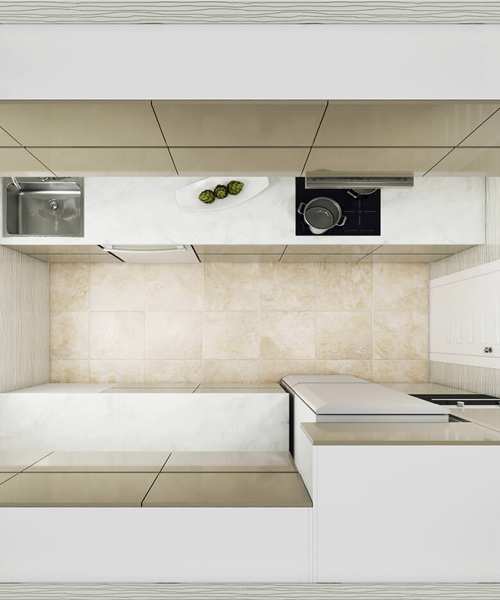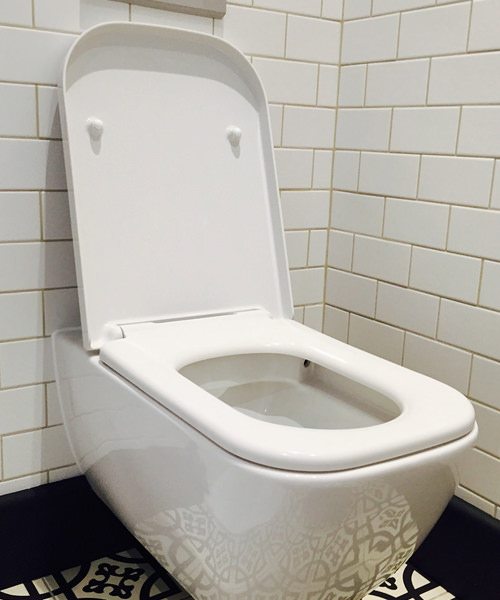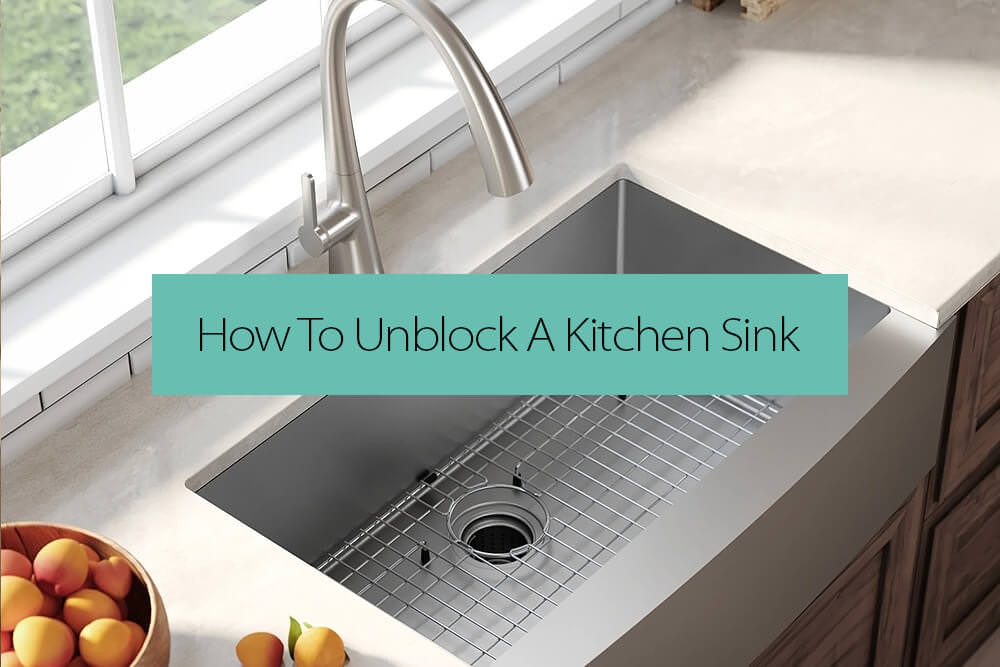
There is often nothing more annoying than a clogged or blocked kitchen sink. Maybe you left some things to soak and came back to discover that now the water won’t drain. Or maybe the sink has been draining more slowly over the past week and now it seems as though the water just barely makes its way down.
However the problem is manifesting, it’s important to get the clog taken care of soon. After all, having your sink out of commision can make using your entire kitchen difficult. Thankfully, while this can be a major inconvenience, it’s not usually something that requires a call to a plumber. In the majority of cases, you can unblock a kitchen sink yourself using one a few different methods. If you are looking to unblock bath drains, read our guide here.
Causes of a Blocked Sink
While a number of the following methods for unblocking a sink will work regardless of what caused the issue, sometimes it helps to know what the clog is. There are times when one method may work better than another, depending on what’s clogging it up.
If you have a garbage disposal unit installed, sometimes this can be the source of the clog. Having too many scraps and small pieces pushed down over an extended amount of time can cause it to clog up, especially if you’re only in the habit of running it after actively pushing down large pieces of old food.
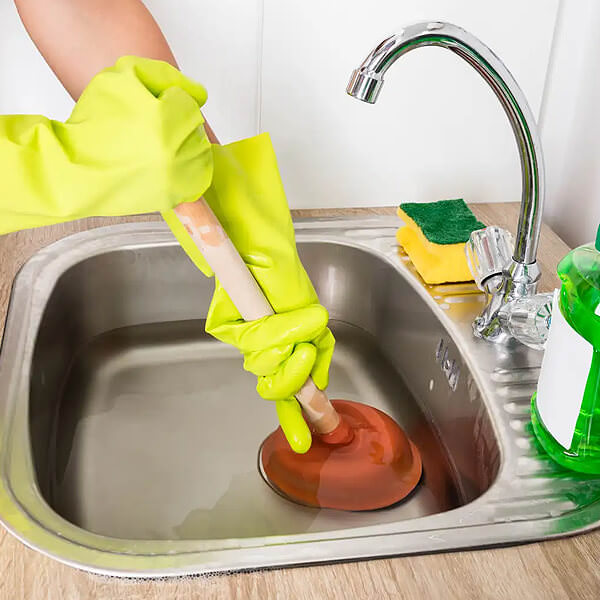
If you don’t have a disposal, sometimes the issue could be a buildup of grease. If you’ve been pouring out greasy pans into the sink without enough soap, the grease can build up in the pipes and cause a clog. Sometimes this can also occur if a minor buildup of grease traps some food particles.
If you use your sink for washing your hair or bathing a pet, sometimes a simple build up of hair getting caught on the sides of the pipes can be the cause of the problem. The hair will trap other particles of food and grease, and cause the clog.
7 Methods to Unblock a Kitchen Sink
Most of these methods can be done with things that you already have around your home. A few may work better than others depending on what it is that’s causing the block in your sink, so you may need to try more than one to find the right fix.
Unclog A Kitchen Sink With Disposal Unit
If you have a disposal, your first step should always be to run it. Sometimes build up at the bottom of the disposal can cause a minor clog, especially if you haven’t run the disposal in a while. You should also check to make sure that the disposal is running correctly, especially if you have been running it regularly but are still finding clogs.
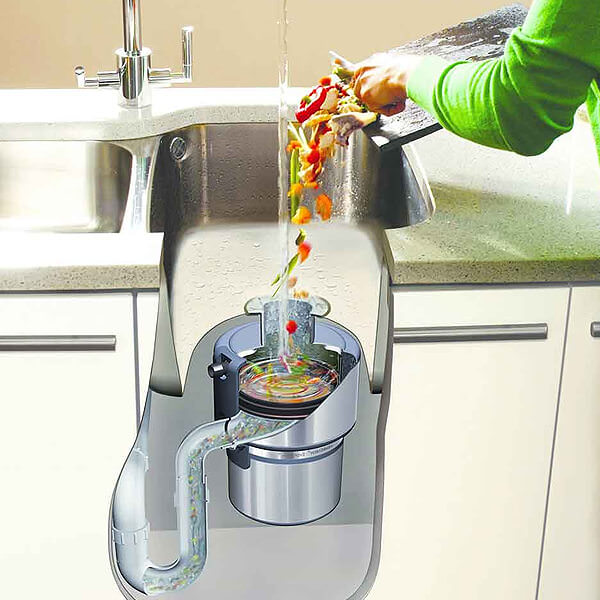
Boiling Water
If the clog is caused by grease, then one of the simplest ways to clear it is with boiling water. Simply pour a kettle-full of boiling water slowly down the drain, let it sit for a minute, then following with hot water from the tap. The boiling water will melt the grease and clear the clog.
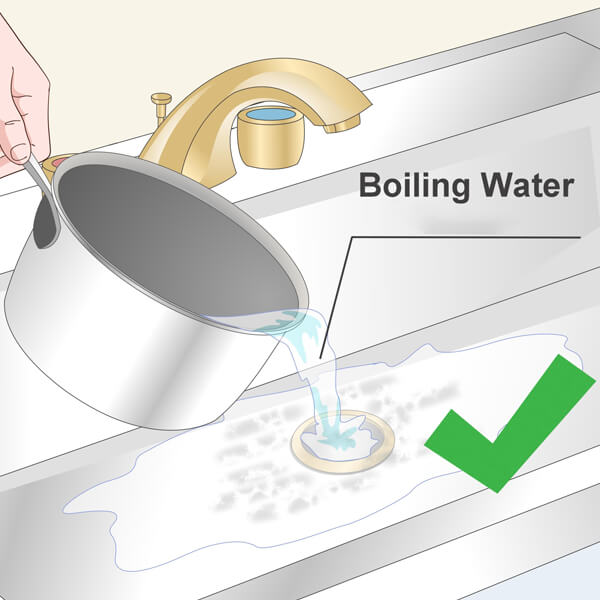
Baking Soda and Vinegar
If you aren’t sure what the clog is, and just want to push it out, then baking soda and vinegar may do the job. Make sure you clear any standing water in the sink first, then pour a cup of baking soda down the drain. Follow this with a cup of vinegar, and immediately put the rubber stopper in the drain. The mixture will fizz, and push the clog down. Follow with hot water from the tap to finish flushing.
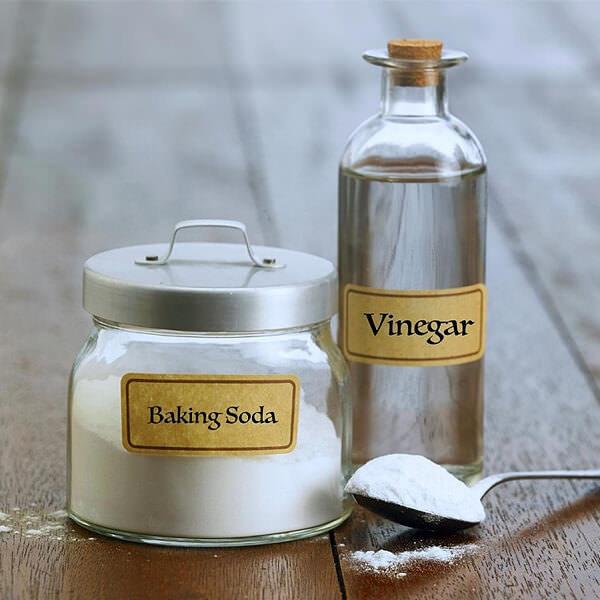
Baking Soda and Salt
Another method that can clear stubborn clogs if you aren’t in a hurry is baking soda with salt. Mix a cup of baking soda with a cup of table salt and pour it down the drain. Make sure you clear any standing water out first. Let the mixture sit in the drain for a few hours; it will eat away at whatever is clogging up the drain. Rinse with hot water to flush.
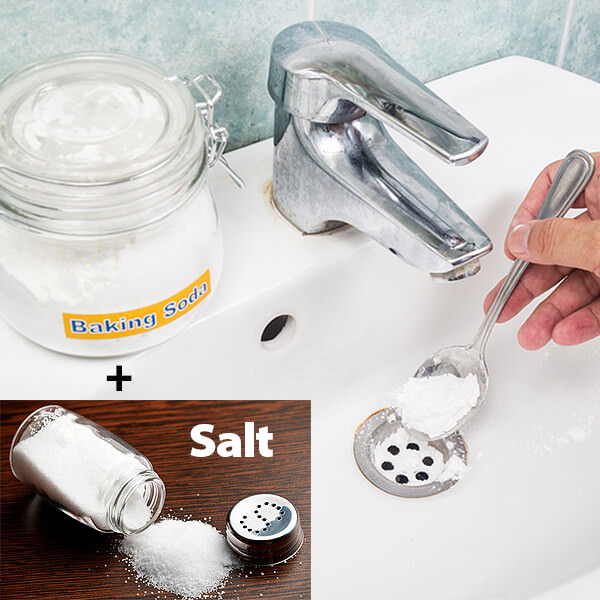
Salt and Boiling Water
If you suspect that the culprit is grease, but aren’t sure, you can try salt with boiling water to clear it. Remove any standing water from the sink and pour half a cup of salt down the drain. Follow it with a kettle of boiling water and let it sit for a few minutes, then flush with hot water from the tap.

Plunger
Most people know that the plunger is a quick and easy way to clear a toilet clog, but it can also work on blocked sinks as well. If you have a lot of standing water and no way to clear it, a plunger may be the answer. Make sure you cover the drain completely, stand on a step stool or a chair to give yourself some leverage, and plunge several times before you break the seal. You’ll know if it works when the water suddenly recedes in the sink.
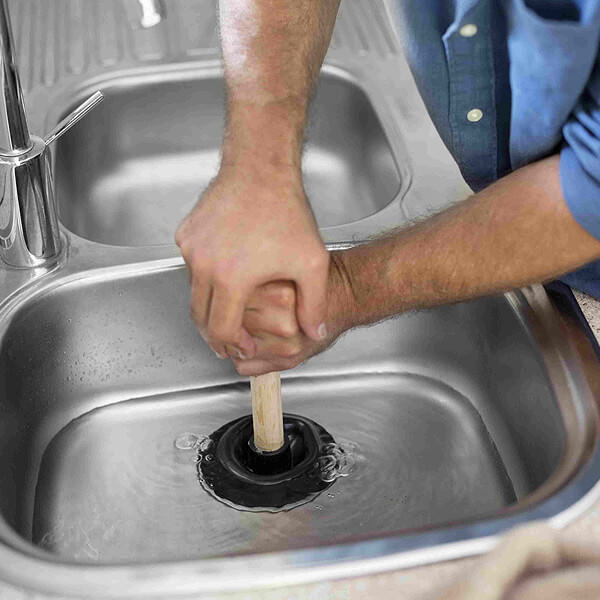
Pipe Snake
If you have a very stubborn clog that isn’t clearing up with any of these methods, or if you have a clog that gets a little better, but immediately worsens again in a few days, you may need to purchase a pipe snake.

Pipe snakes are thin, flexible cables that can reach down your drain and break up tough or deep clogs. They may be flexible plastic or metal, depending on the length and strength of the snake. You can purchase them at your local hardware store, then just push them down the drain until you either reach the end of the snake or feel some resistance. Move the snake up and down to help break the clog, then pull it back out and flush the drain with hot water.
Keep Your Sink Unblocked
Any of these steps can also be used as ongoing maintenance to help keep your sink unblocked in the future as well. Any time you think it may be slowing down in draining, simply recreate the same method that worked on your last clog to stop the block before it happens. Use these tips to keep your sink draining well, and keep your kitchen in good working order from here on out.
How To Unclog Your Sink Video
You can also watch this short video of approx 4 mins, created by Pan The Organizer.
Disclaimer: You can try these methods with caution and at your own risk. It may work for most of the sinks, but depending on how much your sink is blocked, there is no guarantee that it will work 100%. You can always seek professional plumber help or advice, if you're unsure.


